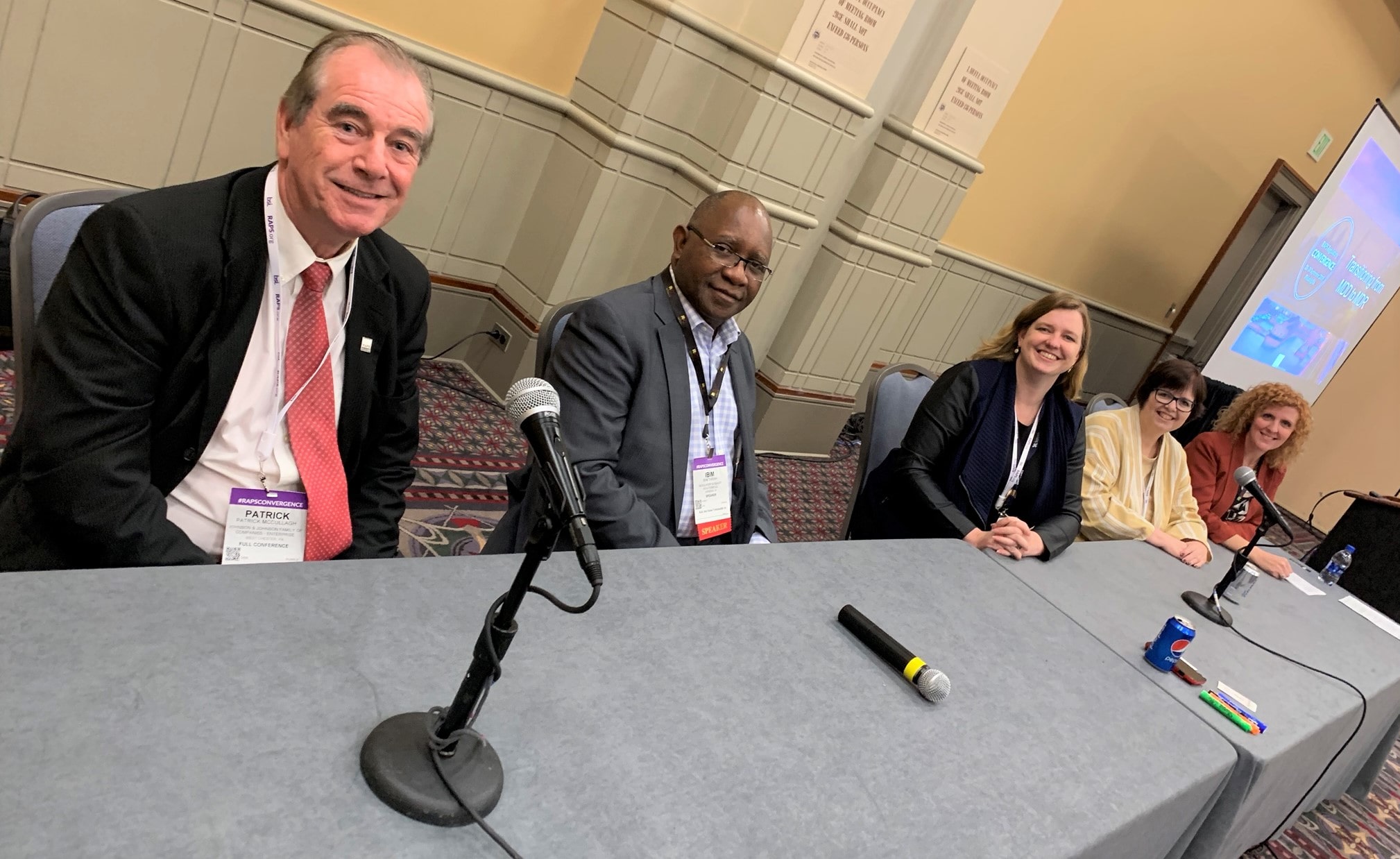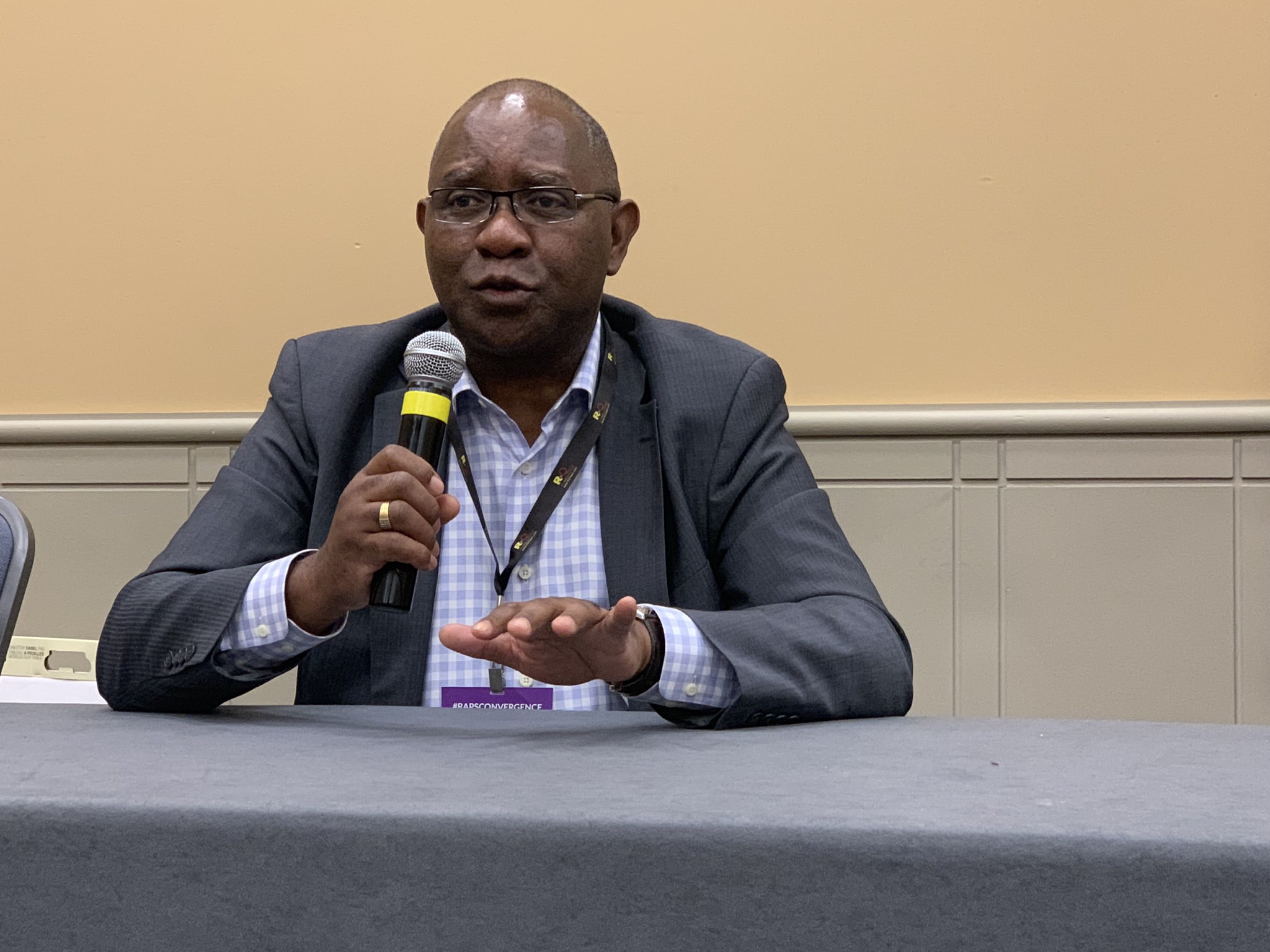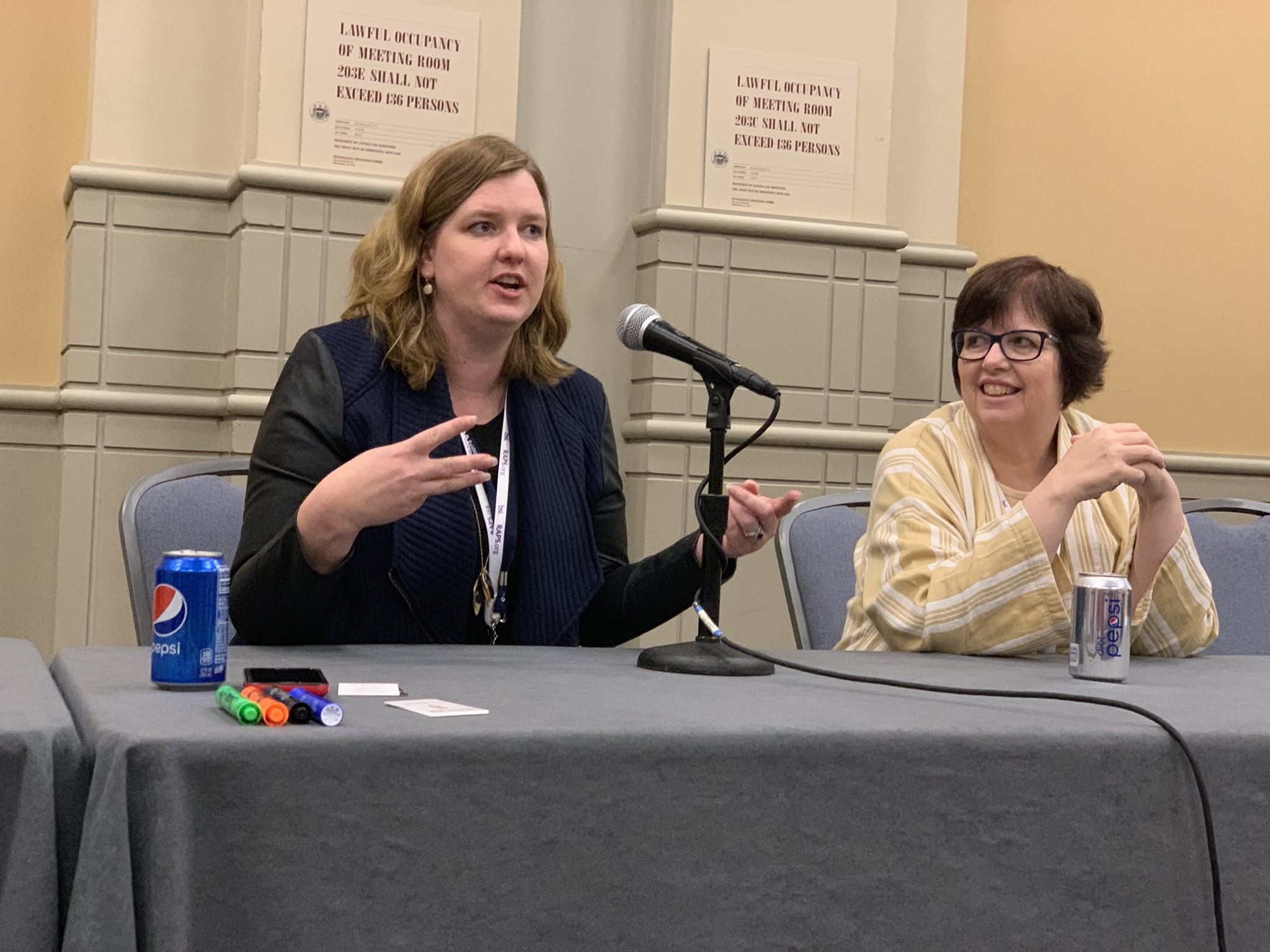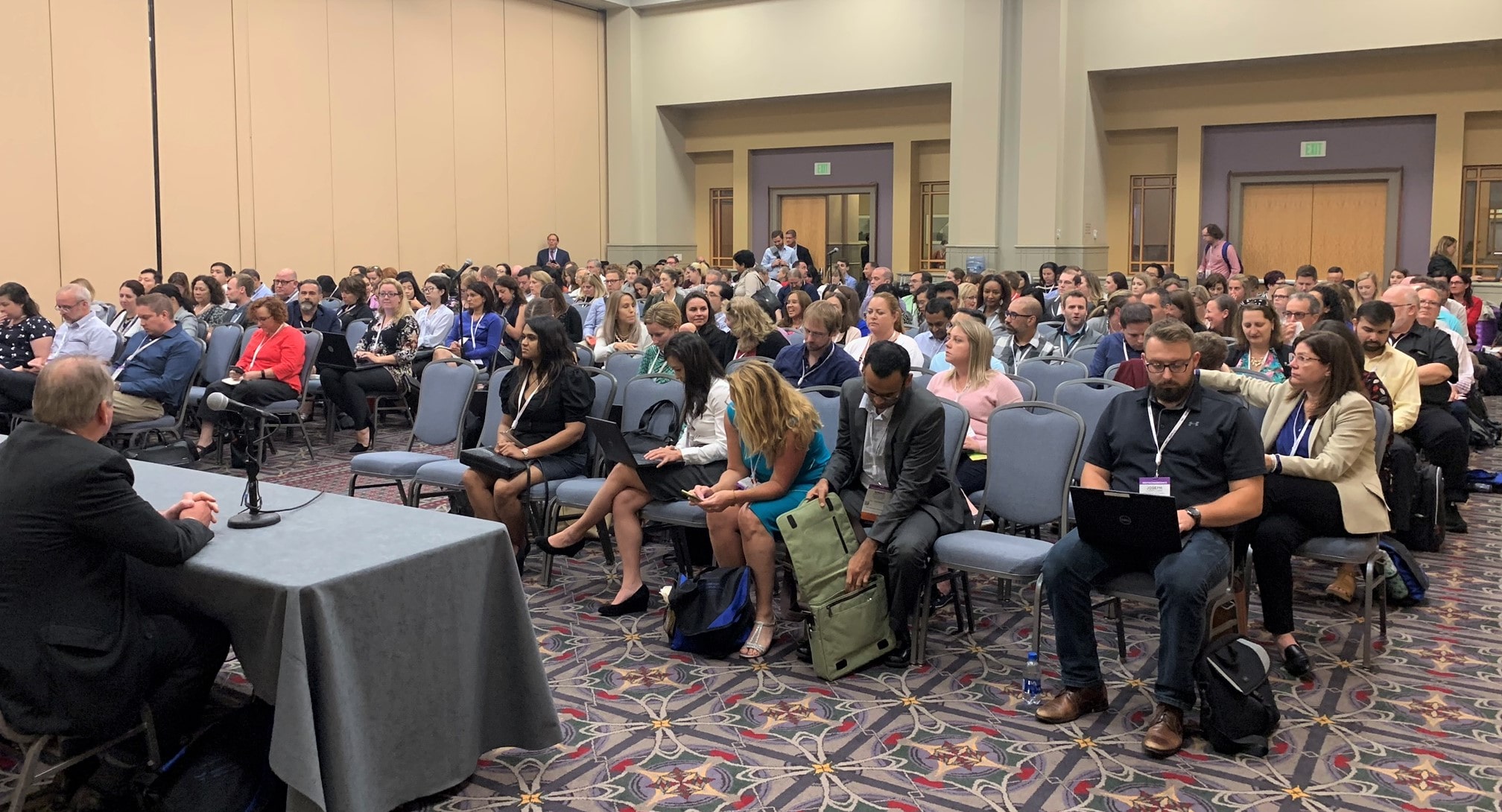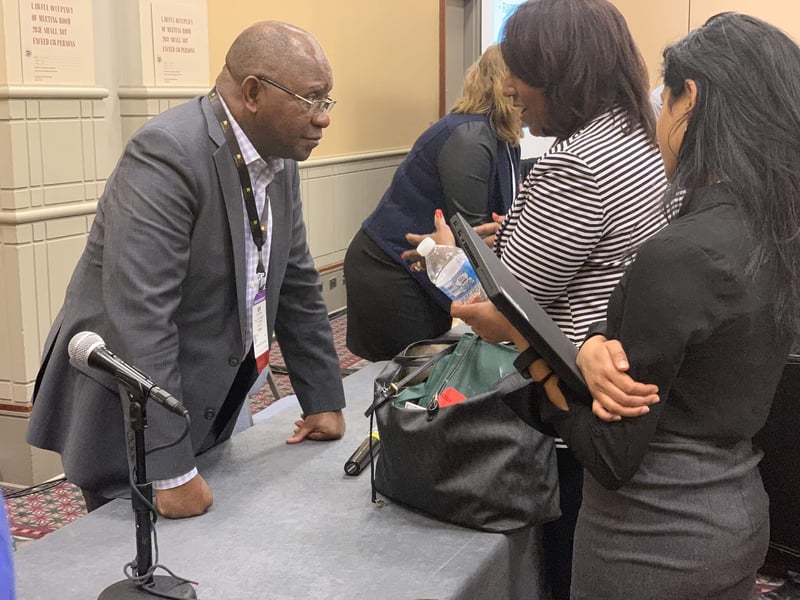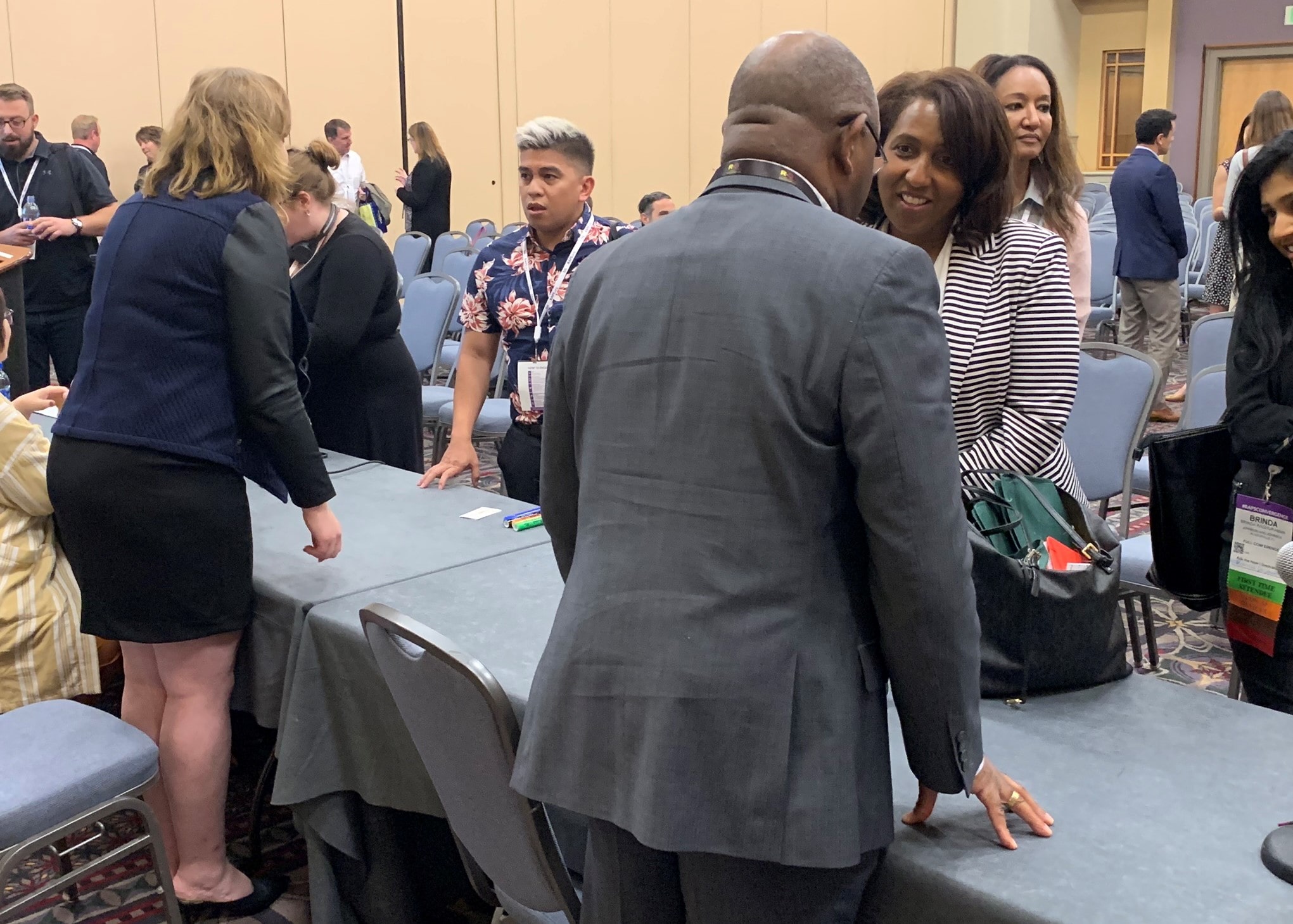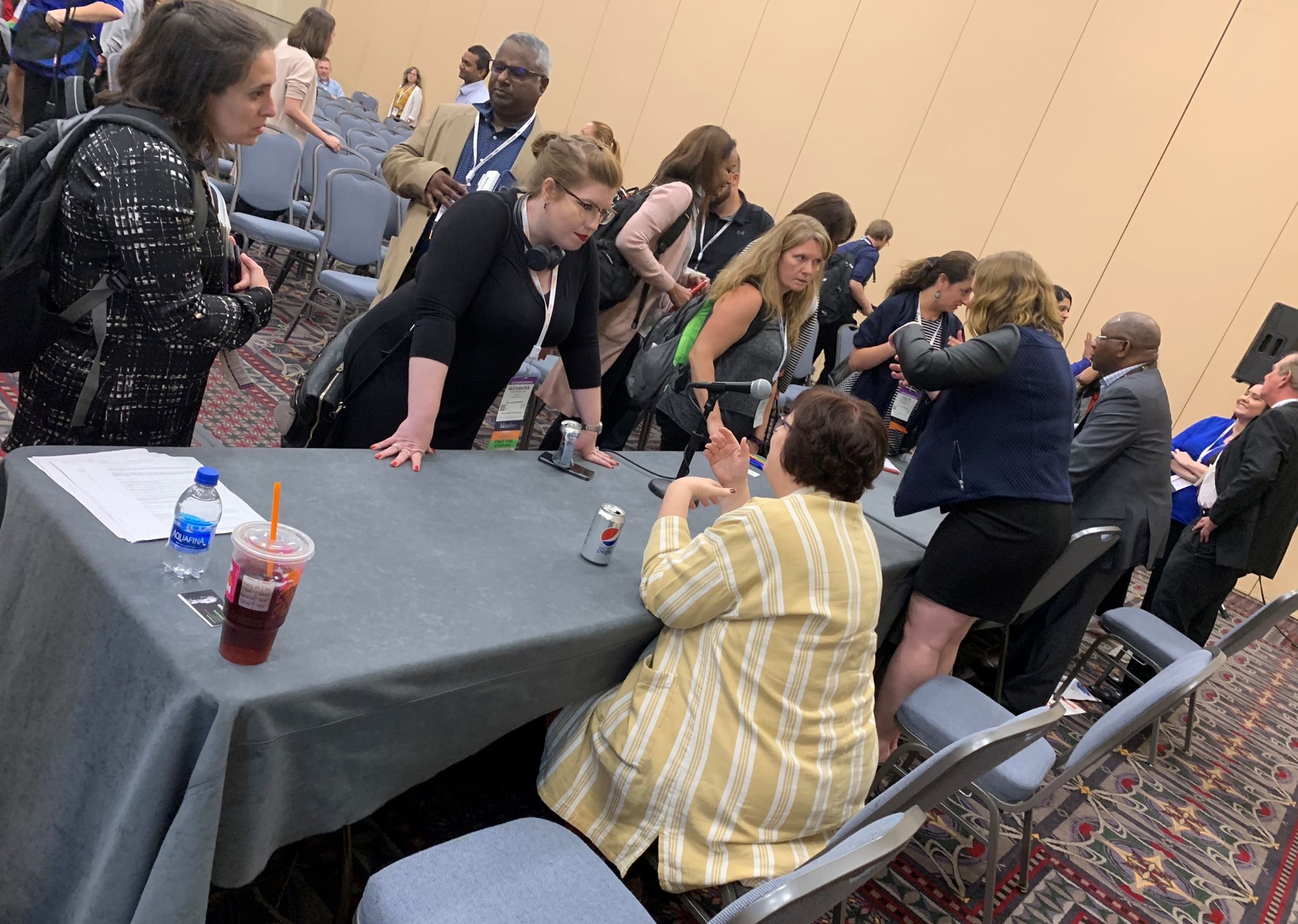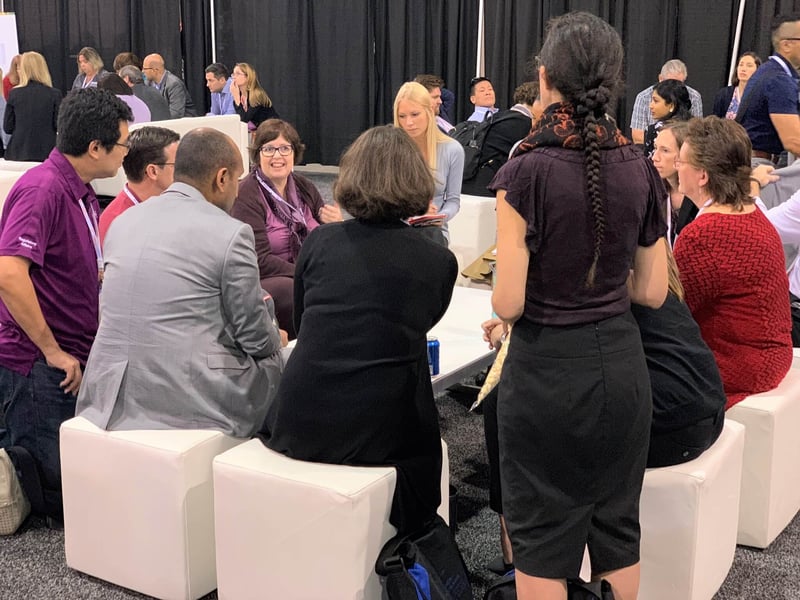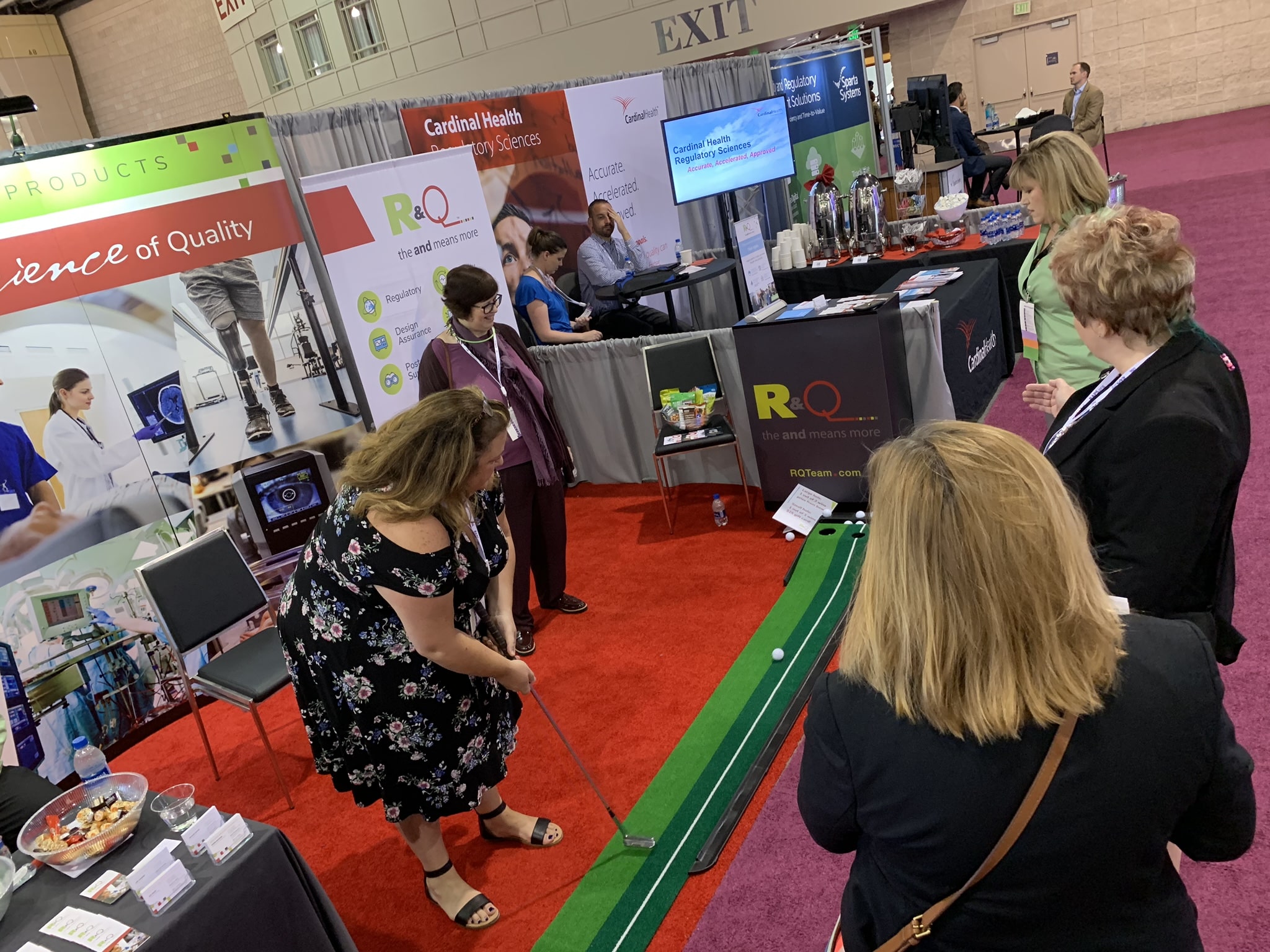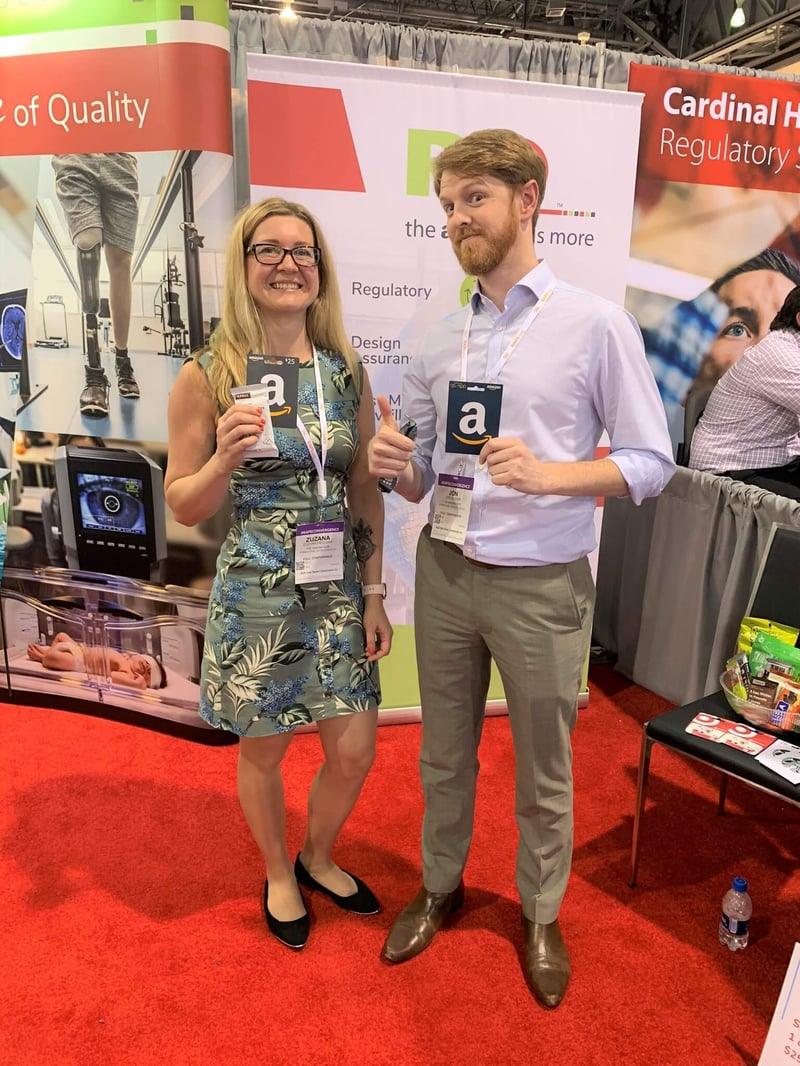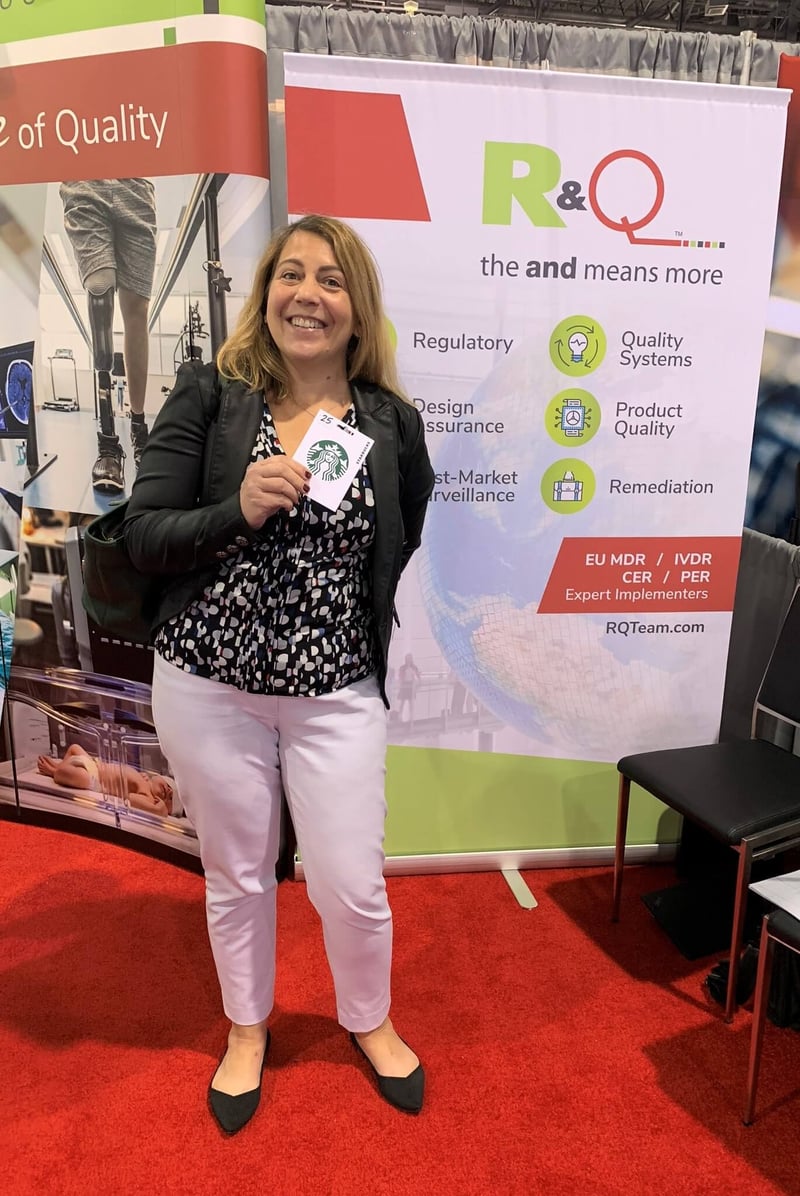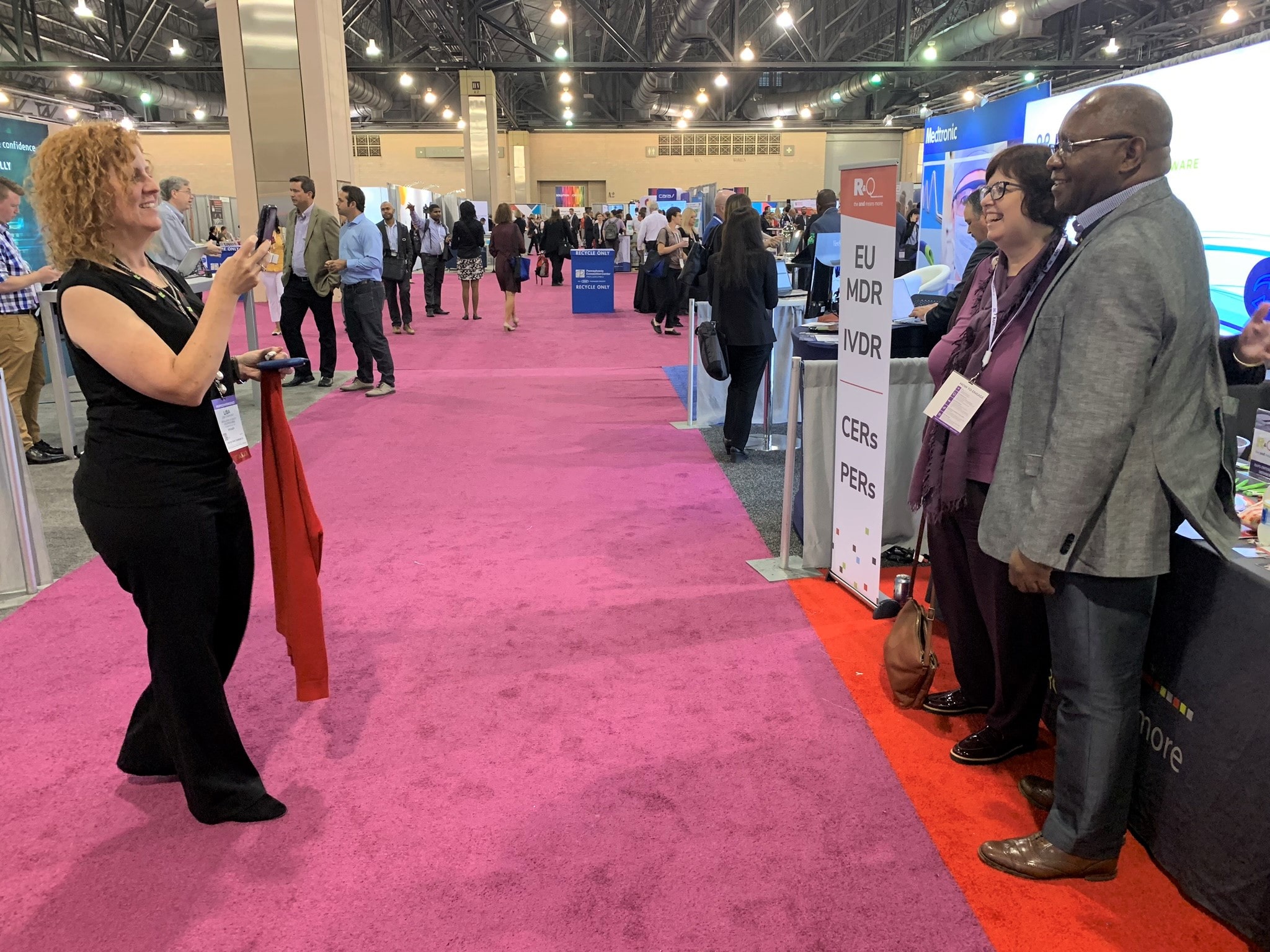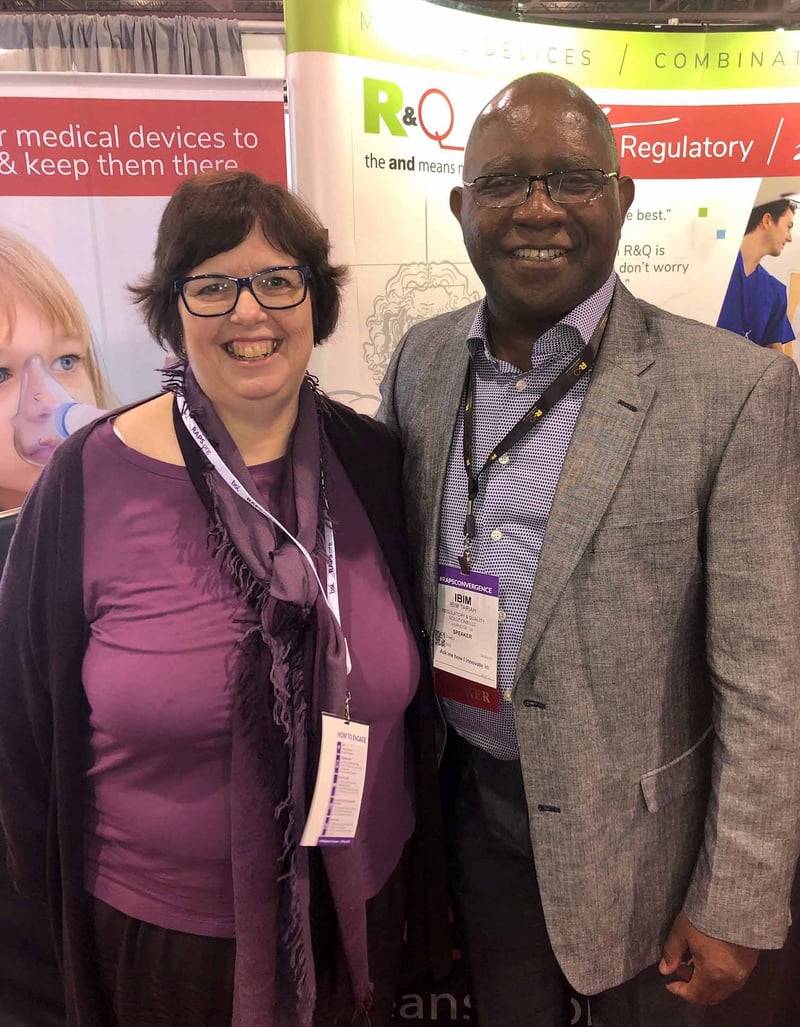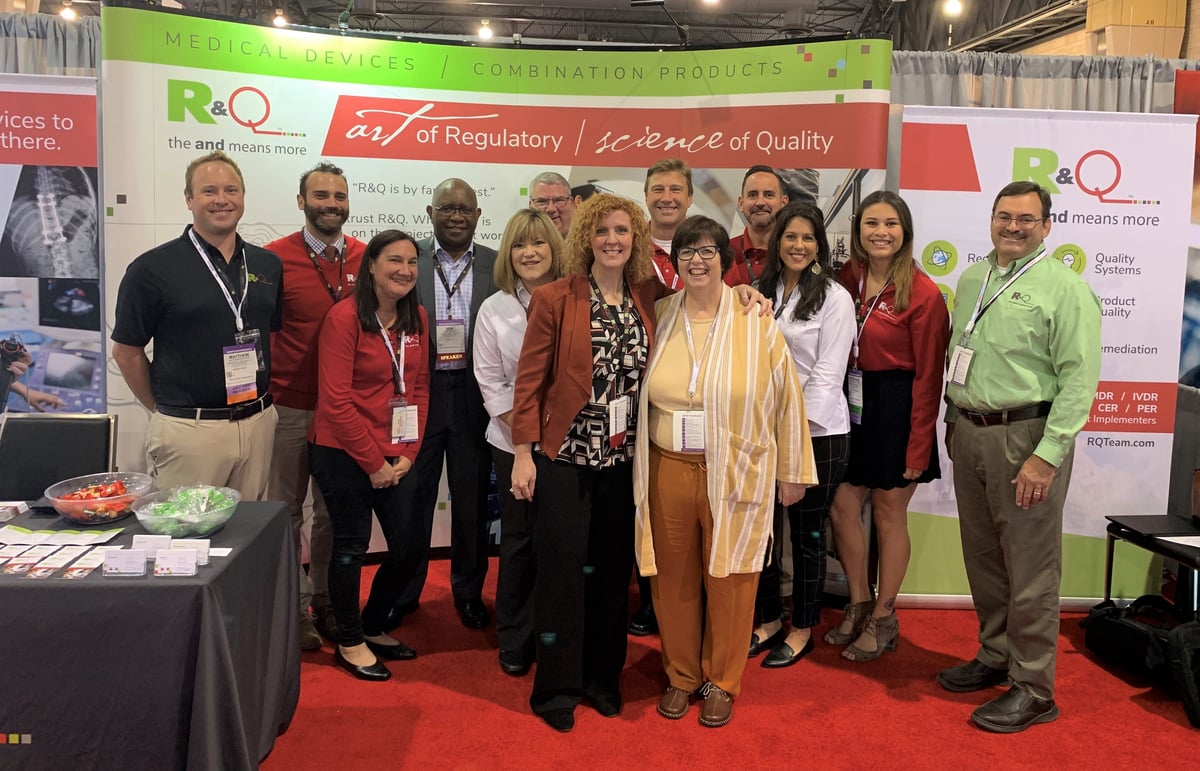
September was an incredible month for us at R&Q. Our thought leaders were out and about at DeviceTalks Minnesota, our own 3-hour CER Virtual Workshop (now available on demand), The MedTech Conference (AdvaMed), and the RAPS Regulatory Convergence.
Whew!
If you participated in any of these events with us, thank you, and we hope you walked away with actionable information and your questions answered.
If you're reading this you're well aware our industry is always changing and in order for our subject matter experts to always deliver industry-leading consulting services, we need to stay on top of changes... and that's exactly what we do. We know "hope isn't a strategy," as someone so aptly put it at the RAPS Regulatory Convergence. This post is a short recap of major takeaways from the RAPS Regulatory Convergence and recent industry updates.
After reading this post there's a better-than-average chance you may have questions. We encourage you to ask anything here and consult our free webinars for more information.
EU MDR
Upcoming webinar: Solving the EU MDR Labeling Puzzle
- A new EU MDR guidance was published last week. View it here.
- There are now five notified bodies certified for EU MDR:
- BSI Assurance UK Ltd (United Kingdom)
- TÜV Rheinland LGA Products GmbH (Germany)
- TÜV SÜD Product Service GmbH Zertifizierstellen (Germany)
- DEKRA Certification GmbH (Germany)
- IMQ ISTITUTO ITALIANO DEL MARCHIO DI QUALITÀ S.P.A. (Italy)
- There is no confirmation that there will be a delay in EU MDR implementation, but... "Class I device makers could get 4 extra years to comply with EU MDR" (link)
Notes and excerpts from the article:- The corrigendum would potentially give some Class I devices — including certain reusable products like surgical instruments and endoscopes — a four-year transitional period before they are required to meet the new regulation's standards.
- "The key issue is a transitional period that will be introduced for class l devices that are classified higher by the MDR," Beeres wrote Monday. "In this way, the 'hard deadline' in May 2020 could be avoided."
- The EC initiated the draft in the spring, all member states agreed to it, and now the European Parliament has to pass the corrigendum, he said. Beeres expects a vote to happen this month.
- Still, the extension isn't a done deal.
- "This will need agreement from both the Commission and the member states," Schlemmer said.
- Schlemmer expects the corrigendum in November, a bit later than Beeres' estimate.
- Some other countries are asking for EU MDR compliance as of May 2020 (even if MDD certificate still valid)
- Notified bodies will be scarce in resources and time so there will be delays in MDD renewal certifications; this may be cause for expiration of certification before compliance
- Interactive RAPS workshops were most efficient in seeing how different regulatory professionals assess the same documents. I.e. “auditing” a GSPR to MDR.
- The notified bodies need to confirm that labeling has been translated into all of the languages for the member states where the product will be marketed. Many reviewers can’t read all of the required languages and we suggest that along with the English version, the translation agency certificates (the SME for that language certifies the correctness) be included in the technical document to support the requirement that all languages are covered. If there is a labeling change, manufacturers need to show that the translations were completed.
- Firmware is software. The verification tools will differ, but there is a need to test firmware.
- Notified bodies don’t know the definition of “significant changes” either and a guidance that they all agree on probably won’t happen until next year. The degree of patient impact or clinical impact should be used to define what is a significant change until we have better guidance.
- Don’t forget that mergers and acquisitions can necessitate a certification change. That can be seen as a significant change to the quality certification.
SSCP Guidance Key Takeaways
For implants and high risk devices; this is a public document in EU:
- All information contained in the SSCP should also be in the Technical Documentation
- English should always be provided; patient information must be in all languages where sold and each language its own document
- Separate sections for healthcare and patient information; patient information is always required for implants where an implant card is required, Class III devices used by patients, and applicable Annex XVI devices (non-medical purpose devices)
- Revision history should include which language the notified body validated the SSCP
- One SSCP equals one Basic-UDI
- Residual risks need to be quantified and source identified for the quantified data
- Significant details on clinical studies that have been conducted
- References included for sourced literature
- Success rates for achieving clinical benefit objectives
- Benefit-risk assessment for every indication
FDA
Upcoming webinar: FDA Updates: What's new, notable, and necessary for medical device manufacturers.
FDA has also published 16 new final guidance and 10 draft documents in August and September. If working on a regulatory strategy or FDA submission, check for new guidance! (shameless plug: R&Q can absolutely help you with this)
- There is a new guidance on interpretation of software devices and updates to several software guidances. This will be helpful for regulatory strategies, as it goes into detail about what is a device and what is not a device.
- Safety and Performance pathway has been issued as a final guidance and four draft guidances issued with special controls: cutaneous electrodes, foley catheters, non-spinal metallic bone screws, spinal plating systems. Include this path as a regulatory option for these product categories.
- Special and abbreviated 510(k) guidances; reported at RAPS that this would open up the special pathway to some more types of changes. Based on recent client experience, we're not sure this is working in practice (yet).
- RTA guidance for 510(k) and multiple De Novo submission guidance documents.
- “Pilot Accreditation Scheme for Conformity Assessment.” Subsection 514(d) requires FDA to establish a pilot program under which testing laboratories may be accredited by accreditation bodies meeting criteria specified by FDA to assess the conformance of a device within certain FDA-recognized standards. Determinations by testing laboratories so accredited that a device conforms with an eligible standard included as part of the pilot program shall be accepted by FDA for the purposes of demonstrating such conformity unless FDA finds that a particular such determination shall not be so accepted.
- Safe technologies guidance for products that can't meet the criteria for breakthrough but do offer safety improvements.
- Risk-benefit determinations in submissions.
- Reorganization at FDA is leading to new types of questions, as the same reviewers are now responsible for both pre- and post-market data.
- 199 breakthrough submissions have been accepted into the program since April 2015. The first approval came in December of 2017. 12 have been approved since then (you do the math!).
IVDR
Upcoming webinar: Strategies for Interpreting the IVDR for Successful Implementation
- It’s estimated anywhere from 80 – 90% of IVD’s will need notified body review and approval under the IVDR classification, compared with less than 10% currently under IVDD.
- Most companies would not have done a formal PER as it is defined under IVDR, however many of the design verification/validation tests could be leveraged to support the PER. These will have to be looked at closely to ensure they represent the current designs to be assessed under IVDR. The takeaway is to leverage as much historical data that can be applied.
- Eudamed and UDI are two huge bottlenecks until they get formally released for implementation.
- PER News: MHRA is expecting increased clinical investigation requests for IVDs based on IVDR, specifically to support PERs and PMPF evidence
- New group needing help: Huge impact to hospitals/labs that have “lab developed tests” in the EU – for first time subject to IVDR (exempt from IVDD)
- You were given more time (2022) because you have so much more work to do, not so you could sit on your hands and delay your start until 2020 or 2021.
- IVDR will get more demanding over time. Build a robust system that meets the initial demands, but is also capable of strengthening to meet rising expectations over time:
- In the first round, notified bodies will still be in a learning phase themselves
- By the second round they will know what they have seen and begin to make decisions about what they want and will demand
- When the third round begins, the notified bodies will have been scrutinized by the competent authorities, who will, of course, add new and higher hurdles for both the notified body and the manufacturer
Photos from the RAPS Regulatory Convergence
From awarding prizes for putting at our booth to the packed room at our EU MDR panel discussion (at 4pm on the last day, nonetheless), we had a blast at RAPS this year. Thank you for the conversation, questions, and fun!
